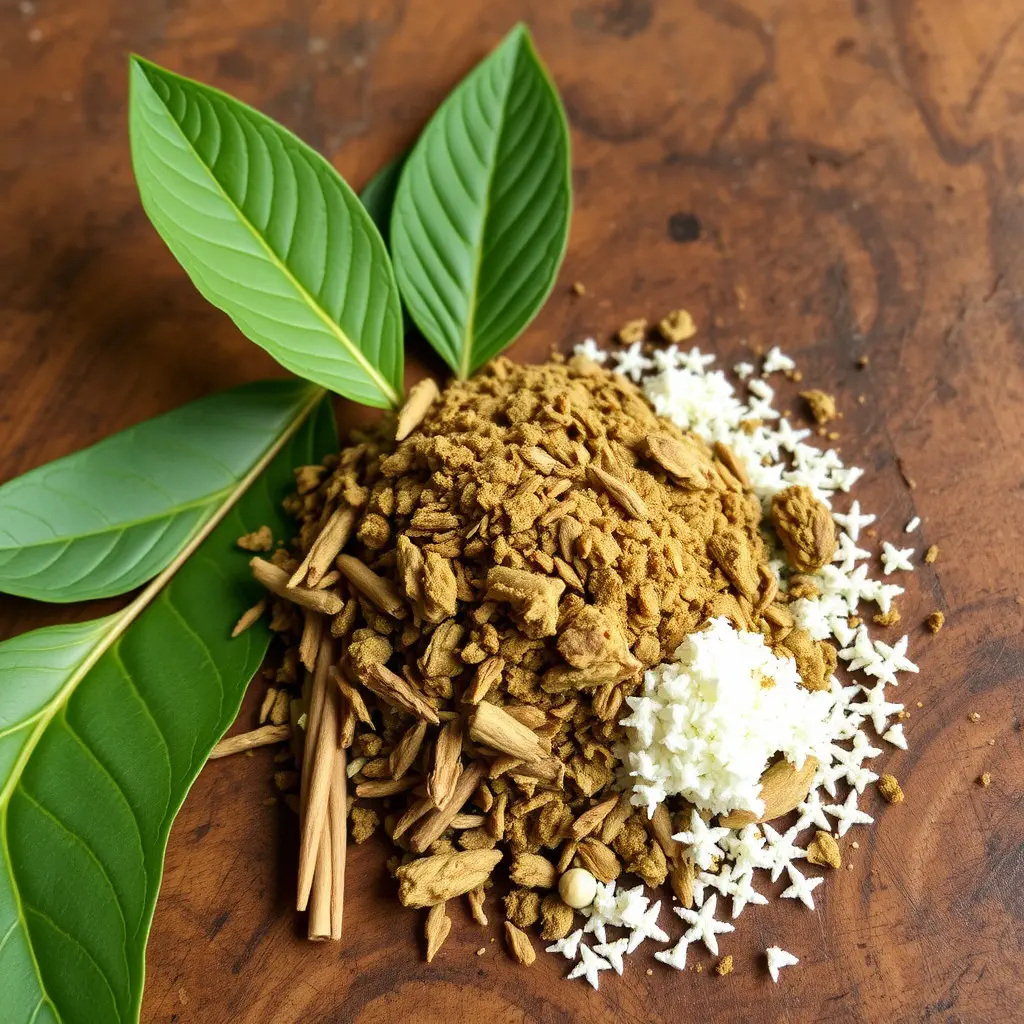2023 marks a pivotal year for kratom users in Indiana, as it remains legal with specific regulations in place. The state's kratom policy, particularly the Indiana Kratom Consumer Protection Act, mandates that kratom cannot be sold as a dietary supplement or added to foods and drinks. Fitness enthusiasts looking to use kratom for its potential effects on energy levels, pain management, and mood elevation must navigate these restrictions carefully. It's crucial to comply with the law by purchasing from reputable vendors that provide clear labeling and quality assurance. Given Indiana's unique stance, which legalizes kratom under the FDA's caution against its use, users should approach it with caution, starting with low doses and consulting healthcare professionals. Personalization is key due to individual differences in response to kratom's alkaloids, mitragynine, and 7-hydroxymitragynine. For athletes aiming for peak performance while adhering to the law, it's imperative to balance kratom use with a well-rounded fitness regimen that includes proper nutrition, hydration, rest, and tailored exercise. Safety should be a top priority, and users must stay informed about both the evolving Indiana Kratom Law and the ongoing scientific research on its effects. By doing so, they can responsibly use kratom as part of their fitness routine within the legal framework established by Indiana state law.
Embarking on a journey toward peak physical conditioning can be enhanced with the strategic incorporation of kratom, a naturally occurring substance found in Indiana’s regulatory landscape. As we explore the interplay between kratom and athletic performance within the state’s legal boundaries, this article will guide you through understanding kratom’s role, crafting a safe regimen, and navigating the Indiana kratom law to optimize your fitness routine. Join us as we delve into best practices for those striving for peak performance while adhering to the state’s regulations.
- Understanding Kratom and Its Role in Physical Conditioning Amidst Indiana's Regulatory Framework
- Crafting a Safe and Effective Kratom Regimen for Optimal Fitness in Indiana
- Navigating the Indiana Kratom Law: Best Practices for Athletes and Enthusiasts Seeking Peak Performance
Understanding Kratom and Its Role in Physical Conditioning Amidst Indiana's Regulatory Framework

Understanding kratom’s role in physical conditioning requires a comprehensive look at its properties and the regulatory environment surrounding its use, particularly within Indiana’s framework. Kratom, derived from the leaves of Mitragyna speciosa, has been recognized for its potential to influence energy levels, pain relief, and even mood enhancement, which can be beneficial for those seeking to enhance their physical performance or endurance. However, it’s crucial to navigate this realm carefully as Indiana’s regulatory laws have specific provisions regarding kratom’s sale and use. In 2018, the state of Indiana officially recognized kratom as a controlled substance within its drug paraphernalia law, which imposes certain restrictions on its purchase and distribution. This legislation is designed to safeguard public health while allowing individuals interested in kratom’s effects for physical conditioning to do so within defined legal boundaries. Users should be well-versed in these laws to ensure they are compliant with local regulations when incorporating kratom into their fitness regimen, as adherence to Indiana kratom law is paramount for anyone exploring its potential benefits for physical conditioning.
Crafting a Safe and Effective Kratom Regimen for Optimal Fitness in Indiana

In Indiana, where the legal landscape regarding kratom is subject to ongoing regulations, individuals seeking to incorporate kratom into their fitness regimen must navigate the state’s kratom law diligently. As of the knowledge cutoff in early 2023, kratom is legal in Indiana, with specific restrictions such as the ban on its sale as an dietary supplement and the prohibition of its addition to foods or drinks. For fitness enthusiasts looking to leverage kratom for peak conditioning, understanding these regulations is crucial. A safe and effective kratom regimen should begin with a thorough comprehension of Indiana’s kratom policy, ensuring compliance with all local and state laws. It’s advisable to purchase kratom from reputable vendors who provide transparent labeling and adhere to quality standards. Furthermore, individuals must consider their unique physiology and fitness goals when crafting their regimen. Kratom’s alkaloids, mitragynine and 7-hydroxymitragynine, can influence energy levels, pain perception, and mood, which may enhance physical performance for some. However, the impact of kratom can vary greatly among users, making personalization key. To optimize fitness outcomes, it’s essential to balance kratom use with a well-rounded training program that includes proper nutrition, hydration, rest, and consistent exercise tailored to individual needs and objectives. Always prioritize safety by starting with low doses and consulting with healthcare professionals before integrating kratom into your fitness routine, especially in light of Indiana’s specific legal framework surrounding its use.
Navigating the Indiana Kratom Law: Best Practices for Athletes and Enthusiasts Seeking Peak Performance

Navigating the Indiana Kratom Law presents unique considerations for athletes and performance enthusiasts looking to enhance their physical conditioning with kratom’s aid. The 2019 legislation passed in Indiana legally recognizes kratom as a supplement, allowing its sale and use within the state’s borders. However, it’s imperative to understand that the FDA has not approved kratom for human consumption, and research on its effects is ongoing. Athletes aiming to incorporate kratom into their regimen must adhere strictly to the dosage guidelines and be aware of potential interactions with other substances. The Indiana Kratom Consumer Protection Act was established to ensure the safe handling and labeling of kratom products, mandating truthful advertising and age restrictions for purchase. To maintain peak performance and comply with local laws, it’s essential to source kratom from reputable vendors who provide clear information about product origin, purity, and dosage recommendations. Regularly consulting with healthcare providers, staying informed on any updates to the Indiana Kratom Law, and being vigilant about product quality are best practices for those incorporating kratom into their fitness journey. Keeping abreast of legal guidelines and prioritizing health and performance can help athletes and enthusiasts in Indiana harness the potential of kratom responsibly.
In conclusion, the interplay between kratom usage and peak physical conditioning in Indiana is a multifaceted subject that requires a nuanced understanding of both the physiological effects of kratom and the state’s regulatory framework. The Indiana kratom law plays a pivotal role in shaping how individuals can safely incorporate kratom into their fitness routines. By following the guidelines outlined in this article, athletes and fitness enthusiasts can craft a regimen that not only aligns with state regulations but also optimizes their performance potential. It is imperative for those interested in exploring kratom’s role in physical conditioning to stay informed on the evolving legal landscape and to prioritize their health and safety above all. With careful consideration and responsible use, kratom can be a valuable component of an athlete’s journey toward peak performance within the bounds of Indiana law.






